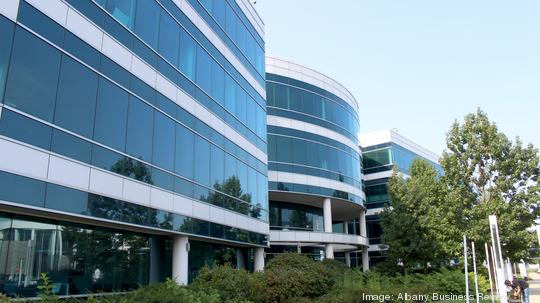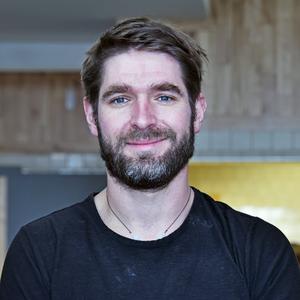
After the startup Menlo Micro spun off from GE Research in Niskayuna in 2016, it set up its business development office and headquarters in Southern California. But it has kept its product development team in the Albany NanoTech Complex.
The startup, which is developing a next-generation electronics component, has had 1,397 square feet of space in the NanoFab East facility since 2018. Earlier this year, the company expanded into 3,458 square feet of space in the building to accommodate plans for growth.
Having access to some of the equipment, talent and other resources at NanoTech has allowed the company to develop its product roughly twice as fast as it could have otherwise, according to Chris Keimel, chief technology officer at Menlo Micro.
“The space provides that ability for a small company like Menlo to grow by leveraging these shared capabilities of the facility," Keimel said. "The fabrication tools, the characterization tools and the test tools that are here — as a small company, we could never afford that type of access or that type of equipment.”
Southern California, on the other hand, was more appropriate for the headquarters because of the type of industry the company was after, Keimel said.

Keimel worked as an engineer at GE Research for about 13 years before officially taking his current role in late 2016. He spent much of that time at GE developing the technology that later became the base for Menlo Micro’s product.
Menlo Micro is developing a smaller, more efficient version of an electronic switch that controls the flow of electricity from a power source to an application. The company says its new switch operates up to 1,000 times faster than the older version, and its system can more reliably monitor, measure and control the distribution of power.
Built using semiconductor manufacturing systems, the structure is smaller than a human hair. The small size creates a more robust product and allows for easier manufacturing scalability, Keimel said.
The company started selling its products early last year for the radio and telecommunications industry. Now, the tech team is enhancing that product to be used in applications such as electrical vehicles, wall outlets, lighting, home automation and more.
"We are in the middle of a very fast, exponential growth and ramp right now of those products. Because we're seeing the early successes in those products, that's why we're beginning our growth and our expansion into the power space to now take this technology to new market verticals,” Keimel said. "We are on target to be a profitable company in the coming months."
The startup last year closed on a $44 million series B fundraising round led by 40 North Ventures. That’s another reason the startup’s headquarters is in southern California, he said — there aren’t many startups in the Capital Region that have raised that level of funding.
The majority of the company’s team of about 40 people is in Irvine, California. There are about eight people in Albany, with plans to have about 15 in the next year.



